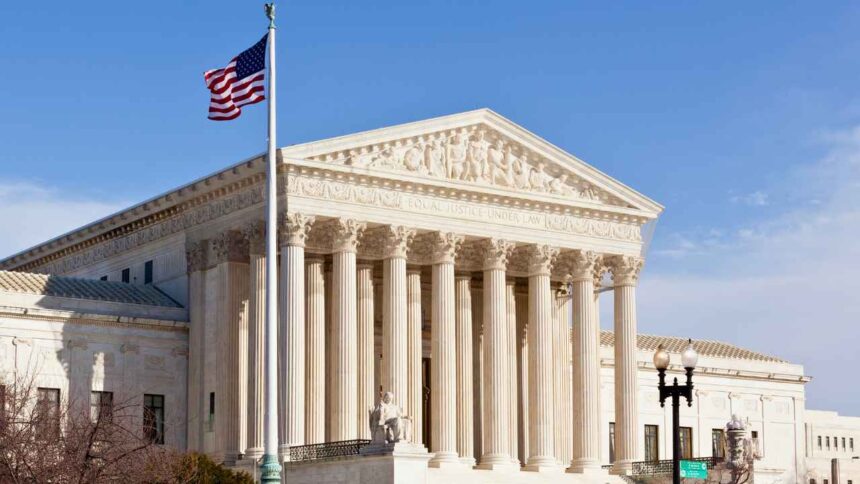In a landmark decision, the U.S. Supreme Court has ruled that individuals under restraining orders for suspected domestic violence do not have the right to own firearms. This 8-1 ruling upholds a three-decade-old federal law, marking a significant win for gun control advocates and setting a rare precedent for firearms restrictions in the nation’s highest court.
Chief Justice Roberts’ Majority Opinion
Chief Justice John Roberts, delivering the majority opinion, emphasized that common sense supports disarming individuals who pose a clear threat of physical violence. “When an individual poses a clear threat of physical violence to another, the threatening individual may be disarmed,” Roberts stated. He argued that this policy aligns with historical precedents and is crucial for protecting potential victims of domestic abuse.
A Rare Dissent from Justice Thomas
Justice Clarence Thomas, the court’s most conservative member, was the lone dissenter. He warned that the ruling jeopardizes the Second Amendment rights of many more individuals. “Today’s decision puts at risk the Second Amendment rights of many more,” Thomas wrote, reflecting his staunch belief in expansive gun rights.
The Case of Zackey Rahimi
At the center of this landmark case was Zackey Rahimi, a Texas man with a history of armed violence against his girlfriends and public shootings. In 2020, Rahimi’s then-girlfriend obtained a restraining order after he violently assaulted her, dragging her into his car and causing her to hit her head on the dashboard. Despite the restraining order, Rahimi retained his firearms and was involved in multiple shootings later that year.
Rahimi’s case became a focal point for this legal battle after a lower court struck down the federal statute, arguing it wasn’t consistent with the nation’s historical tradition of firearm regulation. This decision was overturned by the Supreme Court, which reinforced the law’s validity and its necessity in protecting domestic violence victims.
A Divisive Legal Precedent
The decision underscores the tension between modern gun control measures and the historical interpretation of the Second Amendment. Roberts and the majority highlighted that firearm regulations have historically included provisions to disarm individuals threatening physical harm. “Since the founding, our Nation’s firearm laws have included provisions preventing individuals who threaten physical harm to others from misusing firearms,” Roberts noted.
The government’s argument drew on historical instances, such as disarming British loyalists during the Revolutionary War, to justify the modern application of the law. The Supreme Court’s ruling emphasizes that historical context can support contemporary efforts to curb gun violence.
Impact and Reactions
The ruling has sparked a wide range of reactions. Gun control advocates, such as the Brady Campaign, hailed the decision as a crucial step toward preventing gun violence and protecting domestic violence victims. Douglas Letter, Brady’s chief legal officer, stated, “Even this Court understands how reasonable this law is and agrees that proven approaches preventing gun violence are completely constitutional.”
Conversely, Second Amendment proponents expressed concern over the decision’s implications. Chuck Michel, president of the California Rifle & Pistol Association, pointed out that the ruling only applies while the restraining order is in effect, leaving broader questions about permanent firearm prohibitions unanswered. He noted, “It did not decide whether the government can prohibit broad classes of people from possessing arms permanently, and it rejected the government’s argument that ‘irresponsible’ people could be prohibited from possessing arms.”






